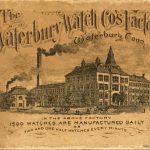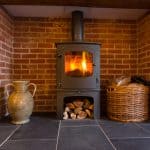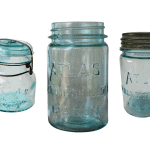Collectors with a passion for vintage typewriters and other items possess a deep wonder and appreciation for our past inventions. These old machines are now categorized as outdated or obsolete. Although both terms apply, there is value in recognizing how the past has shaped the present. We owe a lot to the inventors who crafted the first typewriters. Author Steven Lubar points out that artifacts from our past have a story to tell about changes happening within culture and society over time. They reflect this change and even sometimes are responsible for them.
To fully appreciate the vintage typewriter’s value, it’s essential to know the history of this magnificent world-altering invention. When you see the story behind the brand that you seem to be drawn to, you understand the attraction better. Today we look at the best Underwood Typewriters ever produced. The brand has a rich and storied history that sparks excitement and wonder. Every collector needs to know these priceless facts that fuel a desire to acquire more vintage Underwood typewriters.
History of The Typewriter
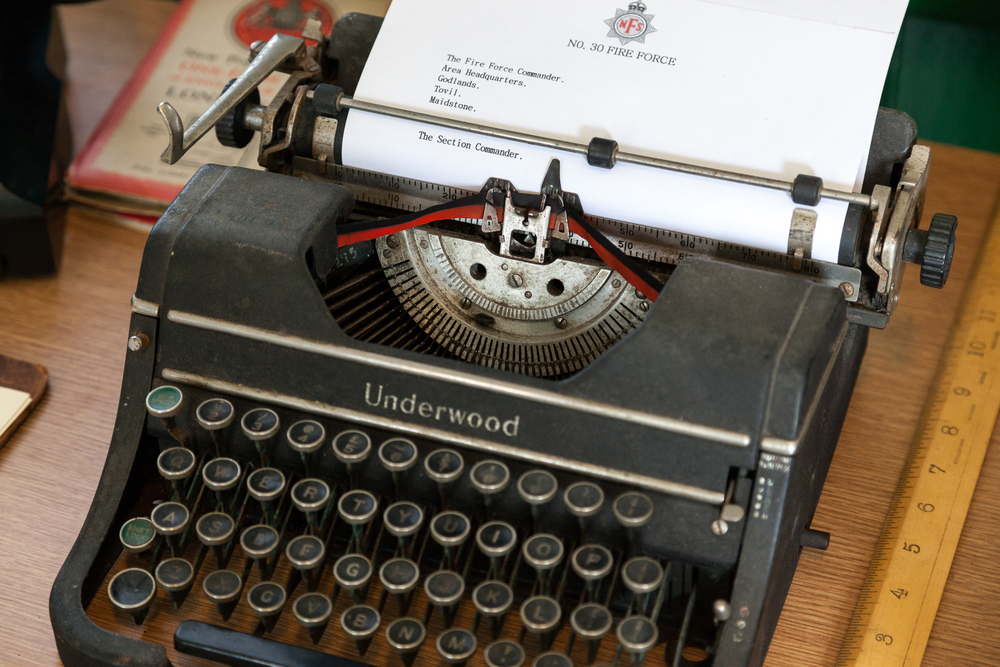
The first known typing machine was introduced to the world around 1714. Englishman Henril Mill is credited with the invention. He filed for a patent for a device that impressed letters either singly or one after another. Although no evidence proved it worked, it was an early attempt. Nearly a century later, Pellegrino Turri built a working machine that was presented in 1808. The first commercially marketed typing devices were called “writing balls,” courtesy of Rasmus Malling-Hansen and released for sale in 1870. The device looked like a pincushion. Sholes & Glidden introduced its version of the typewriter in 1874. However, it wasn’t that successful. The Remington company produced a version that became popular with the public.
The Evolution of Typewriters
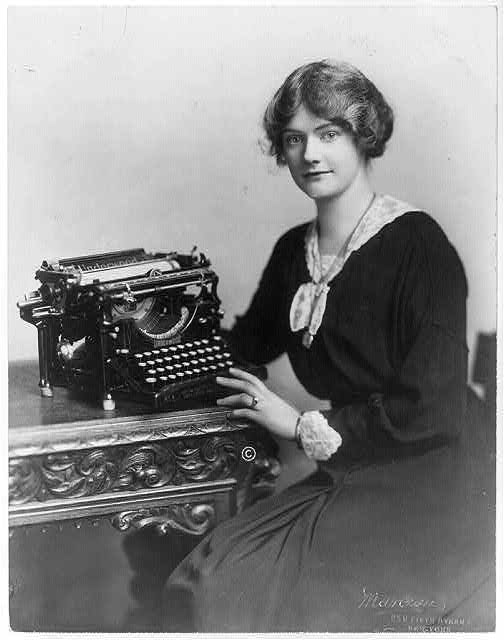
Before Remington’s modern version, typing machines were confusing and hard to operate. Users had to lift the carriage to see the letters they had typed. The Remington machines were easier to use and marked growth in the new industry that had sprouted up due to the new technology. Soon more brands were emerging, including the Calligraph in 1880. This model featured a full keyboard with lower keys and upper-case letters. More advances followed these inventions.
The Smith Premier version appeared in 1890. S&G introduced the QWERTY Keyboard, which was awkward at first, but it would become the standard in the years to come. Hammond Typewriters became popular in 1884 with its own keyboard platform. This device featured a two-row curved keyboard, but it soon followed suit and produced models with the QWERTY keyboard to satisfy consumer demands.
Hammond became a popular brand because it featured reliability and a solid build. Later its name changed to Varityper. This name endured until the electrification era and was used until word processors edged them out. Various other brands were entering the market, but one particular model arrived on the scene and set a precedent for all the rest to follow. Underwood would be a world-changing brand in the typewriter industry in the years to come.
All About The Underwood Typewriter Company
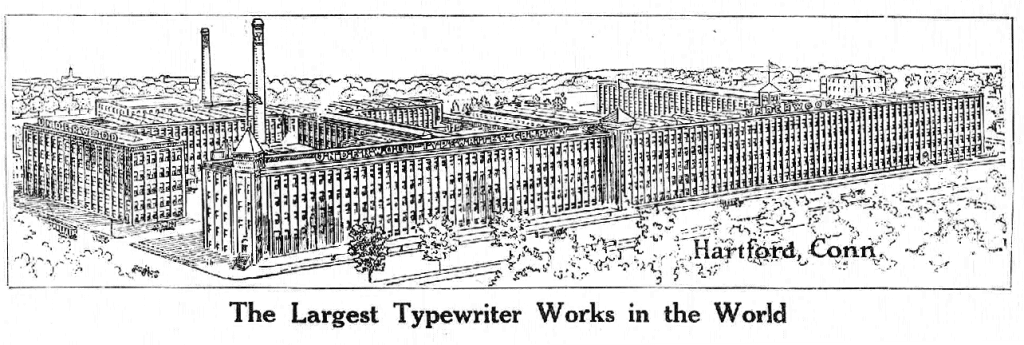
John Underwood was involved with providing carbon-paper and ribbons for the Remington company. When he learned that Remington would soon produce their own supplies, he resolved to shift his enterprise’s focus on building typewriters. He joined forces with Franz X. Wegner, a German-American inventor whose skills and innovative creativity would help to design some of the most iconic typewriters the world has ever seen. The partnership resulted in multiple typewriter prototypes that served as design inspirations for manufacturers across the typewriter manufacturing industry. In 1895, Underwood officially began the production of typewriters. John Underwood had purchased the Wagner Typewriter company in his agreement with the owner.
The Life Cycle of Underwood
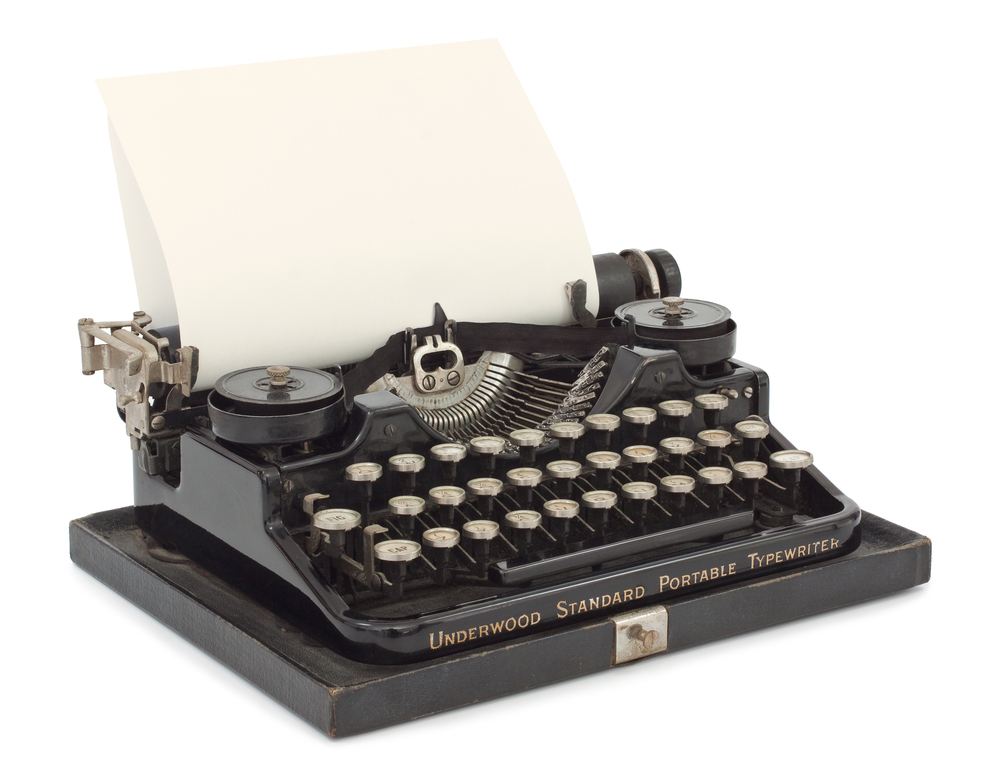
Underwood is credited for building the largest modern commercial typewriter manufacturing company in the world. The business expanded through a merger with Elliot-Fischer in 1927. This action propelled the brand into the number one position within the manufacturing industry. Underwood dominated the industry, but it was a heyday that would be short-lived. Although it produced the world’s top-selling typewriter, maybe they made their products a little too well.
Underwoods were made to be durable. These machines lasted for decades. They didn’t need to be replaced for many years. After the market became saturated with these long-lasting typewriters, sales declined because most writers already owned one.
The World War that broke out created more challenges. The Underwood company turned its focus to manufacturing carbines for the military troops. Regaining momentum seemed a lost cause after the war ended. The Underwood Typewriter company was acquired by a Spanish company called Olivetti in 1959. The last model to bear the brand Underwood was manufactured in Spain.
Underwood Typewriter Models
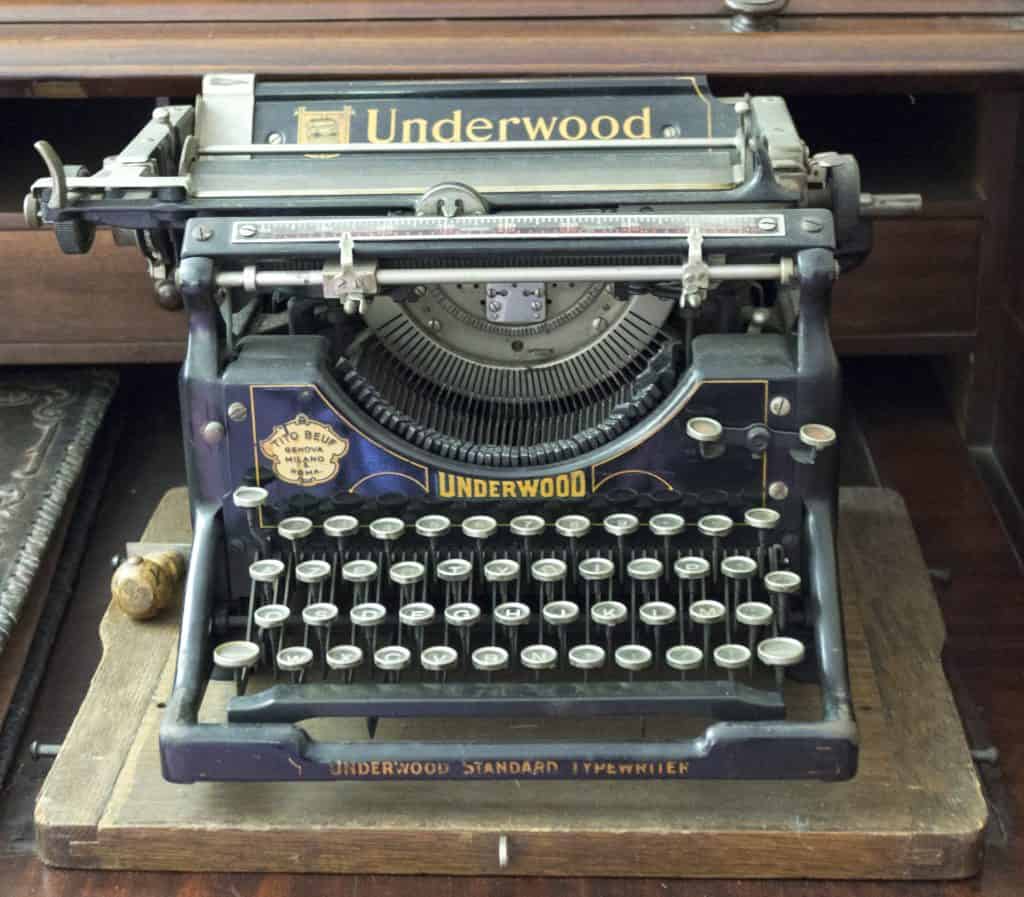
Underwood’s Number 1 and Number 2 were made from 1896 through 1900 under the Wagner Typewriter Co label. In 1900, Number 5 was released. By 1920, millions had been sold throughout the world. Underwood designed and manufactured dozens of different variations of its typewriter models. The most popular was the Number 1 and Number 5.
Underwood’s Number 1
Underwood’s first commercial. The machine featured a QWERTY keyboard, which set a precedent for standardizing this element within the industry. This model included a straight four-row keyboard, a single shift key that depressed from either left or right. Striking typebars were placed upon the front to allow typists to see their work. It wasn’t a new design, but it was an improvement over Daughterty’s model from 1893. A few of the most outstanding features of the Number 1 include its revolutionary front stroke mechanism for visual inspection of work completed. Not to mention, the typebar design, superior to typing shuttles, wheels, and cylinders, for efficiency, and a classic design that was aesthetically pleasing.
Models featuring a four-bank styling made fast-touch typing easier over other brands. Finally, the brand used ribbon inking vs old-style ink rollers and pads of its competitors. Letters came out cleaner and impressed on the pages. Underwood’s ribbons were easier to maintain, and they lasted longer. The Underwood company created a superior machine that surpassed the rest in all aspects. This model was manufactured until 1900.
Underwood’s Number 2
The Number 2 was little more than an updated version of Number 1 with the addition of a few more characters. The was made wider, providing space for typing 84 characters across vs. the previous maximum of 76 characters on Number 1. The Number 2 was discontinued in 1900.
Underwood No 3 and No 4
Both models were made at the same time. Number 4 typed 76 characters, and the Number 3 had a wider carriage for typing 84 characters across the page. These machines were made at the same time as Underwood Number 5.
Underwood No 5
Underwood Number 5 was introduced to the world in 1900. It was released in several variants with different keyboard layouts and designs. It became Underwood’s most iconic model, and it set a standard for modern typewriters throughout the manufacturing industry. Within two decades, it was the model that competitors copied as standardization of typewriters became a thing. The Number 5 became Underwood’s top-selling model of all time with almost five-million of them sold within their two-decade production run.
Underwood Typewriter Models and Variants
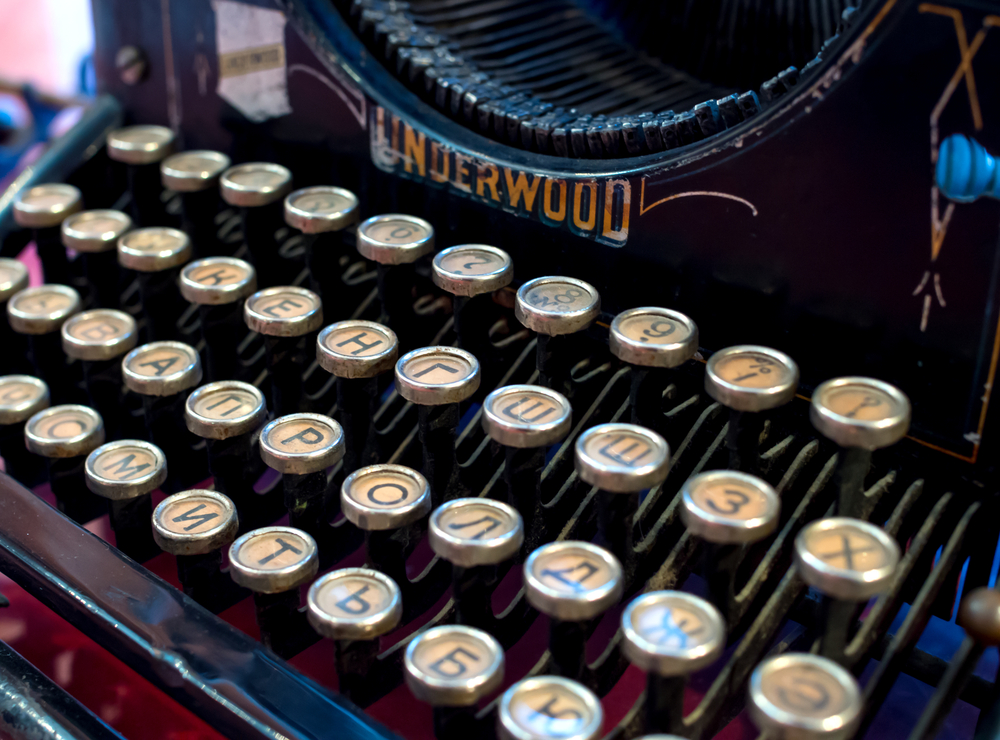
There are dozens of Underwood Model types. If you’re interested in identifying an old model, you can find out more about the identity through its serial number. In addition to the five models listed, there are other models and series. These include The Number 1 variants, including the 140, the 18, 18, and 198.
Number 2 and Number 3 lines include the 20, 21, 255, 314, 315, 319, 330, and 378.
Numbers 4 and 5 lines include the 450, 46, 46T, 478, 5, Electric 555, and Electric 565.
Other Underwood models
Underwood 6, Ace, All-Electric, Champion, Correspondent, Crest, DeLuxe, DeLuxe Leader, F, Finger Elite Universal, Finger Elite Champion, Underwood Five, Forum, Golden Touch, Jewell, Junior, Leader, M, Master, Noiseless, Noiseless 77, Noiseless Portable, Noiseless Standard, Portable 3 Bank, Portable 4 Bank, Raphael, Rhythm Touch, S, Scriptor, SS, Standard Champion, Star, Student, SX, Touchmaster Five, Touchmaster, Typemaster, Universal, and Western Union Special.
These are the names of the various antique/vintage Underwood models you may find for sale by owners. There were millions produced under a variety of different model names. You can confirm the name of the model through the serial number and also by the style of the machine.
You can find the serial number on the right-hand side at the top. In some cases, it is hidden behind the carriage. You may move this over if it’s in your way. You can identify the year of production through its styling. Portable models made between 1919 through 1929 have three rows. Those from the 1930s through the 1940s era have four rows. The serial numbers also contain information about the year, e.g., the numbers 100 or 1000 10000 are from 1900, 1901, and 1902 respectively.
Celebrity Personalities Preferred Underwood Typewriters
Underwood typewriters have been used by some of the most famous figures in the literary world. Among them were William Faulkner, Robert E. Howard, Jack Kerouac, Ernest Hemingway, and F. Scott Fitzgerald. The brand has also surfaced in popular culture references, including the Stephen King film “The Shining,” in “To Kill a Mockingbird,” “Catch Me If You Can” “Moulin Rouge,” and others.
The brand’s legacy continues long after it has gone out of business, and production lines have stopped. Antique enthusiasts, as well as classic literature fans, understand the real significance of these high-quality typewriters. These vintage pieces hold a special meaning that has become a fascination for those who value their contributions to society’s betterment and the advancement of their hobbies and professions.
Where To Find A Vintage Typewriter
Underwood made millions of machines during its long storied history. They’re not hard to find if you have internet access. Owners list dozens of them on popular online auction sites such as eBay, Poshmark, and other similar venues. You can also find them at second-hand stores, at estate and yard sales, and from private sellers who are cleaning out their attics. Many of these vintage machines are still found in good working condition.
Can You Restore a Vintage Typewriter?
Depending on their condition, most vintage typewriters can be repaired and restored. You can take it to professional repair service or opt for doing it yourself. If you are a do-it-yourselfer, here is an overview of how it’s done. The machine must first be thoroughly cleaned.
How to Clean An Old Underwood Typewriter
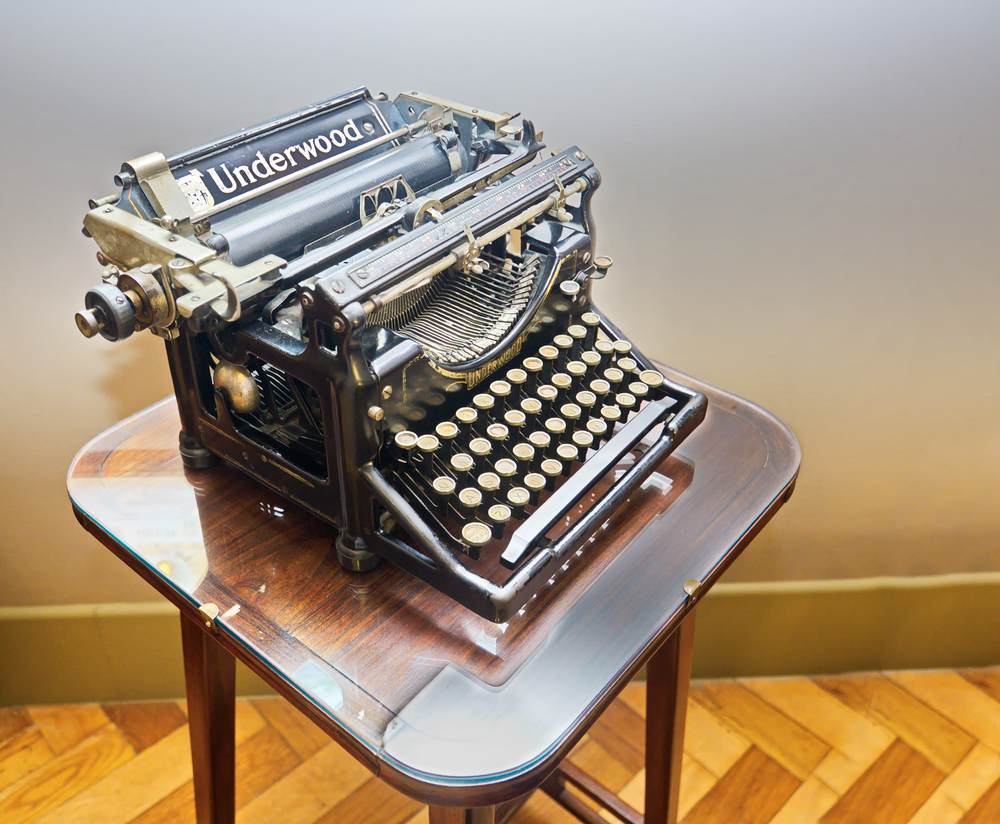
Step 1: Remove all exterior panels
Remove all panels along with wood, plastic rubber, keyrings, letters, as well as any soundproofing material. Avoid prying off key rings if you don’t have specialty removal pliers. Be mindful if there are glass covers and key levers that bend easily. Handle them carefully.
Step 2: Dissasemble
Slide sections of a hose over the keytops to cover all key rings. You can also use rubber gloves to protect them from cleaning solutions. Use ties to form a seal over the keys to keep them dry.
Step 3: Tackle Dust and Debris
Use an air cleaner to remove all dust and debris.
Step 4: Tank cleaning
Put the machine inside a cleaning tank or tub with high sides. Spray with a degreasing solution to loosen any gunk that has collected through the years. Use a small brush to remove stubborn particles. Rinse off all cleaning solution with a water spray nozzle or a water hose/spray nozzle. Hot water is best for removing any remaining debris. Drain water from the machine by allowing it to sit in the tank for a few minutes.
Step 5: Dry the machine
Use an air compressor to quickly dry all metal parts of the machine inside and out to avoid rusting. Make sure that all moisture is evaporated from the screw holes and around springs. Dry carefully so you don’t damage any small or fragile parts.
Step 6: Inspect for necessary repairs
If you see any parts that need to be repaired, you can find them online repair specialty shops. If everything is still working, clean all parts you removed, buffing them gently until they shine.
Underwood Typewriter Values
Underwood typewriters are not extremely rare, but some models have a high value. This is especially true for the earliest examples. The value increases with the quality of the condition. If you’re looking for an investment, consider the first ones released for sale. The dates will run from 1897 through 1918. Some of them can fetch prices that exceed $1,000. Some collectors are willing to pay even more. Underwood Models from the 1920s era average $500, and those from the 1930s are between $300 and $400. Later models are offered for an average auction price of $50 to $75.
Conclusion
Underwood typewriters are among the most desired vintage machines by typewriter enthusiasts and collectors. New writers almost always realize it’s cool and trendy to have a vintage machine in their room for its aesthetic appeal and value. Those who understand the intrinsic value of its history and story behind these old machines have a much deeper appreciation beyond its good looks.
Underwood is an early company that led the world into a new chapter of growth and innovations with its easy to use typewriters. They set standards for others to follow. Some of the most famous names in literature depended on this brand to record words on the pages of the books we now enjoy during leisure time.
There are plenty of vintage Underwoods around if you have a desire to find one. Although we recommend going with an example in good working order, they’re not that difficult to restore or clean. You can find inexpensive versions of more highly collectible models that are likely to increase in their value over time if you’re patient and watchful. The best Underwood typewriter models of all time are their best sellers and most revolutionary, respectively, Number 5 and Number 2.

